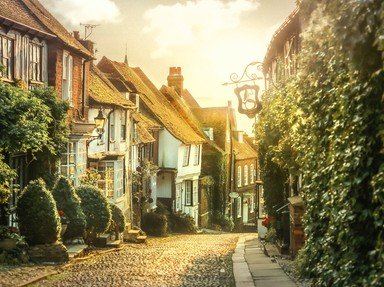
Taking the Waters Trivia Quiz
Taking the waters became very fashionable in the seventeenth and eighteenth centuries, and many spa towns were developed in England. The waters, whether used for drinking or bathing, were said to have healing properties. Do you know where to find them?
A matching quiz
by Lottie1001.
Estimated time: 3 mins.